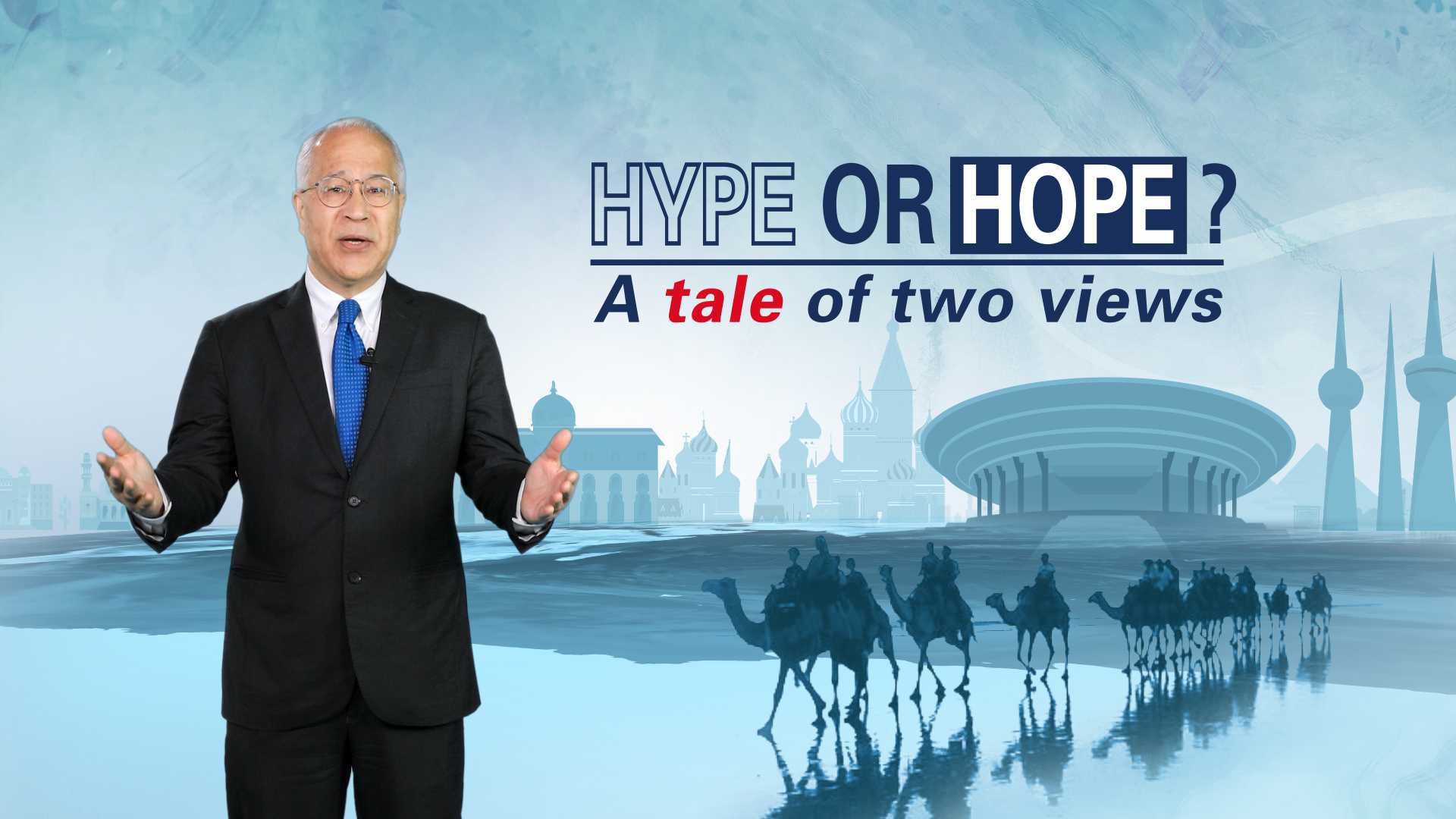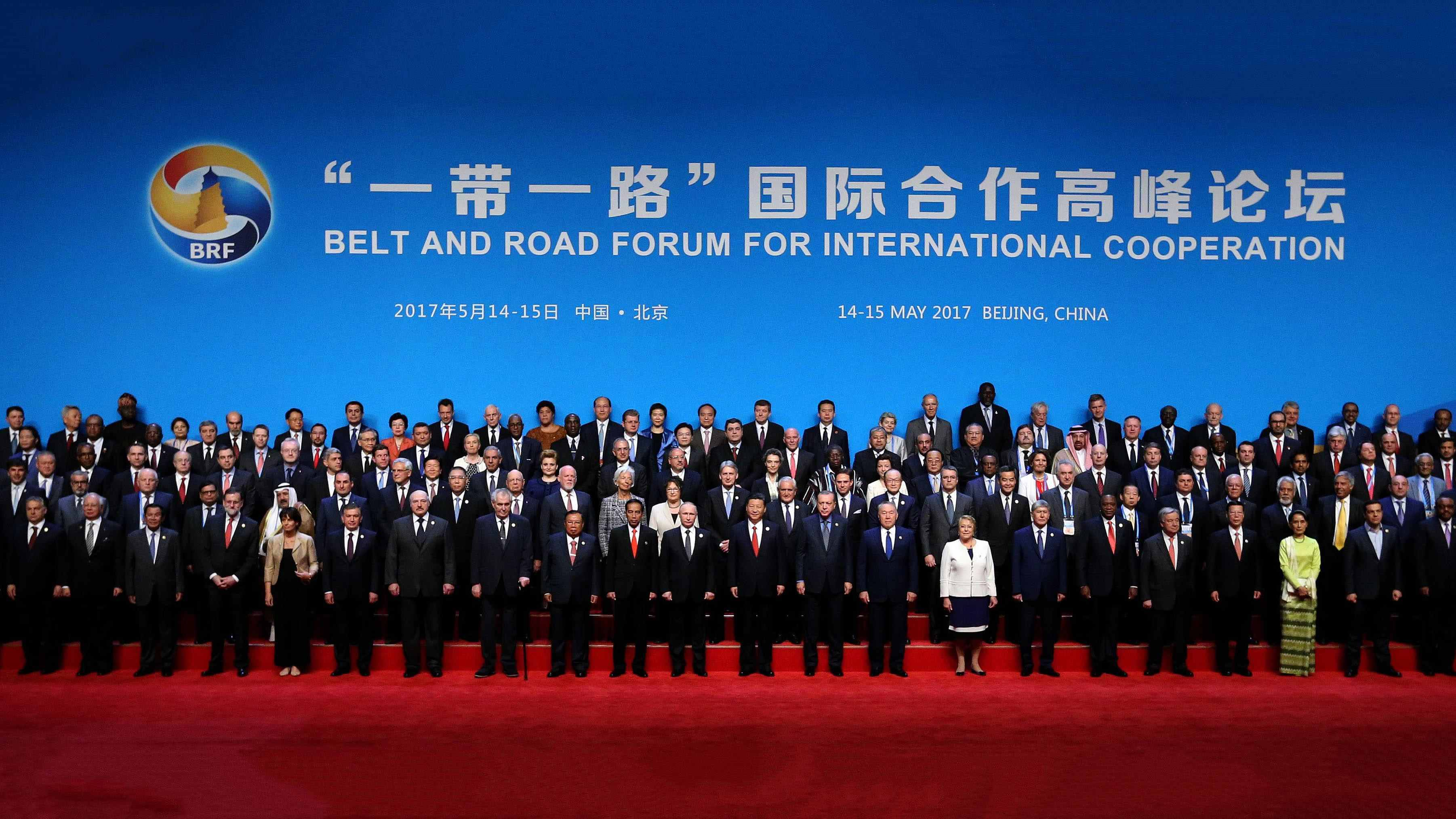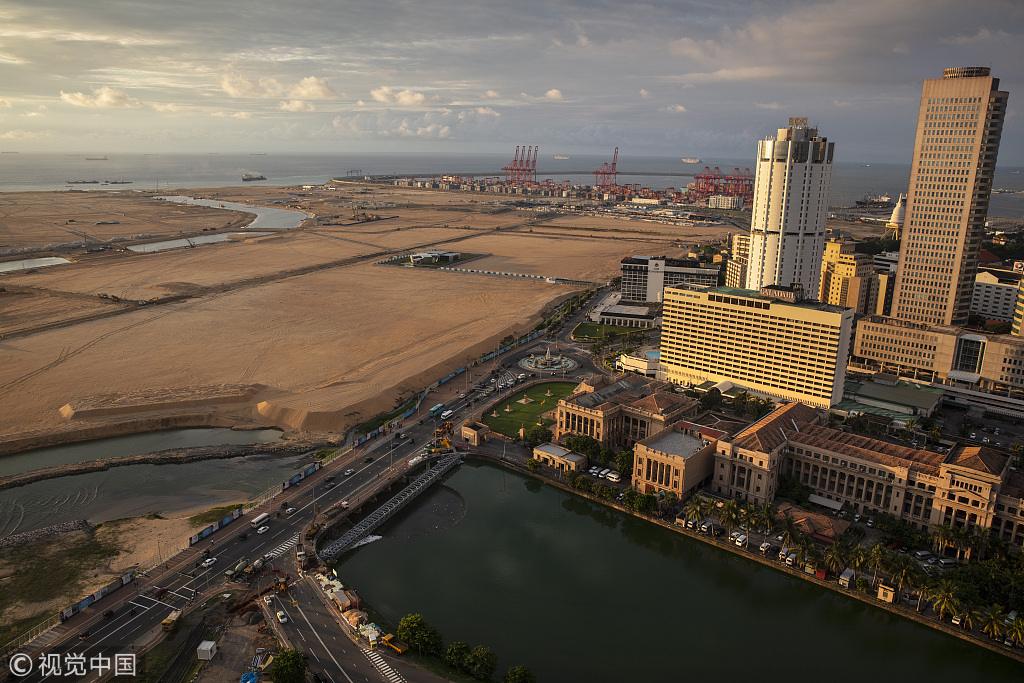
Opinion
18:52, 22-Apr-2019
A tale of two views
Updated
08:35, 23-Apr-2019
Einar Tangen
04:18

Editor's note: The 2nd Belt and Road Forum for International Cooperation will be held in Beijing in late April. The Belt and Road Initiative (BRI), put forward by Chinese President Xi Jinping in 2013, has attracted cheers and jeers at the same time. A total of 126 countries and 29 international organizations have signed up for the sprawling transcontinental connectivity project, despite a tireless chorus of opposing voices and a cacophony of claims about its intention and operations. CGTN is attempting to cut through the noise in a new short video series titled “Hype or Hope?” Here is the third of our five episodes to help you separate BRI facts from fiction. Einar Tangen is a current affairs commentator.
The English Author Charles Dickens started out his classic "A Tale of Two Cities," with the words: “It was the best of times, it was the worst of times, it was the age of wisdom, it was the age of foolishness.”
Today two powers, the U.S. and China, champion two different world views. For the U.S. under President Donald Trump, it is “America First” and “Make America Great Again.” For China under President Xi Jinping it is an “open, inclusive, innovative and rule-based world economy,” a world where "We should reject arrogance and prejudice, be respectful of and inclusive toward others, and embrace the diversity of our world."
Apart from trade wars and truces, the difference in these world views is most apparent in China's ongoing Belt and Road Initiative (BRI) and the U.S.' calculated opposition to it.

The first Belt and Road Forum for International Cooperation was held in Beijing in May 2017. /CGTN Photo
The first Belt and Road Forum for International Cooperation was held in Beijing in May 2017. /CGTN Photo
The BRI is a major initiative with which China shares opportunities and pursues common development with the rest of the world. But it has been under constant criticism since day one.
The most often repeated attack against China's BRI is that Beijing is engaging in debt trap diplomacy, a “sinister plot” to weaken and in essence purchase assets of other countries by extending them too much credit. The international press regularly publishes headlines decrying the China Pakistan Economic Corridor, and Sri Lanka's Hambantota Port as examples, and they would be correct if these projects were not part of a larger coordinated trade effort connecting markets.
Ever since Sri Lanka granted a 99-year lease of its port to China in a debt/equity swap, critics have been accusing China of engaging in "predatory debt practices" where China is only "in it to grab their assets." But the accusations are based on myths rather than facts.
Sri Lanka does face a debt crisis. But debts to China account for only 10 percent of Sri Lanka's total foreign debt. And contrary to the story that China will use the port to pursue geopolitical interest, China aims to improve regional stability and mutual benefit.
China is confident that Hanbantota will show the world how the BRI can take its components and make them more than the sum of their parts, as it did with China's Shenzhen Shekou Port, turning it from a poor fishing village into a modern port.

A view of the Colombo Port City project in Colombo, Sri Lanka, November 8, 2018. /VCG Photo
A view of the Colombo Port City project in Colombo, Sri Lanka, November 8, 2018. /VCG Photo
Looking at one piece of the Belt and Road Initiative is like looking at one piece of a car engine, it is of limited value if the other parts are not put in place.
Once completed the Belt and Road Initiative will be an economic powerhouse that unlocks the labor dividends and markets of developing countries and connects them to markets all around the world.
At a time when studies have shown that Asia alone needs 1.7 trillion U.S. dollars a year in infrastructure development, the developed world is attacking Beijing for trying to do something about it. It is more egregious given that no comprehensive alternative is being promoted or funded by the developed world. Instead there is just a constant stream of criticism.
Ultimately it will be up to the rest of the world to decide which world they wish to be part of, but as the Second Belt and Road Forum for International Cooperation in Beijing draws near, perhaps the only way to look objectively at the situation is through the facts, figures and trends, all of which show China is doing something rather than just criticizing others for trying.
Read More:
Editing and creative design: Zhao Yuanzhen and Wang Xinyan
Videographer: Sheng Jie
Animator: Li Xingguang and Zhou Kai
Video editors: Chen Hangyu, Zhang Qingxiao and Sheng Jie
Producer: Bi Jianlu
Supervisor: Mei Yan
(If you want to contribute and have specific expertise, please contact us at opinions@cgtn.com)

SITEMAP
Copyright © 2018 CGTN. Beijing ICP prepared NO.16065310-3
Copyright © 2018 CGTN. Beijing ICP prepared NO.16065310-3